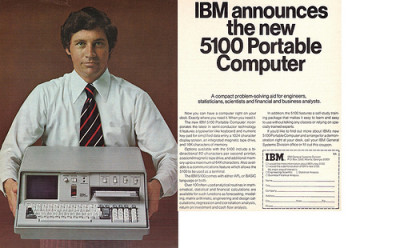“That’s why it’s the biggest upset in the N.B.A. finals,” Rick Barry, the star of that Warriors team, told the New York Times in a recent interview. “Even in our own arena, they were scheduling other things in the spring. They didn’t even think we would be there.”
The Warriors went on to sweep the highly favored Washington Bullets, winning their first title since 1956, when they still played in Philadelphia.
One newscaster at the time commented: "Yes they had been called 'The Cardiac Kids.' Later they were called 'Destiny's Darling.' Now they were being called, 'Champions of the NBA."'
Interestingly, the series was also the first and only time that two black head coaches have ever faced each other in an NBA finals (Golden State's Al Attles and Washington's K.C. Jones).
Things have changed just a tad in the 40 years since Golden State's last championship. Back then, California was about 17 million residents slimmer. The BART Transbay Tube, which had opened for business less than a year beforehand, was still considered cutting edge.
The 1975 median home price in California was less than $200,000 (in 2015 dollars), and annual tuition for in-state undergraduates at the University of California was about $630.
 That year, Bill Gates, a nerdy Harvard dropout, and two of his friends launched a little company called Microsoft. And IBM introduced the 5100, the first commercial portable computer. The cheapest model carried a price tag of about $40,000 (in today's dollars).
That year, Bill Gates, a nerdy Harvard dropout, and two of his friends launched a little company called Microsoft. And IBM introduced the 5100, the first commercial portable computer. The cheapest model carried a price tag of about $40,000 (in today's dollars).
The area that had recently been coined "Silicon Valley" was barely on the map. Cell phones and the World Wide Web were the stuff of science fiction. And another scrappy college dropout named Steve Jobs had just returned to the South Bay after his drug-fueled journey of enlightenment in India.
Patty Hearst, the 20-year-old daughter of newspaper mogul Randolph Hearst was discovered in a San Francisco apartment more than a year after being reportedly kidnapped by the Symbionese Liberation Army. She was subsequently arrested for armed robbery, .
It was also the year that President Gerald Ford, who had taken office less than a year earlier after Richard Nixon's resignation, escaped two separate assassination attempts in California; one in Sacramento, one in San Francisco. Both of the assailants were women.
Topping the Billboard charts in 1975 was Captain & Tennille's "Love Will Keep Us Together," followed by Glen Campbell's "Rhinestone Cowboy."
1975 was a solid year for other Bay Area sports teams as well: the Oakland A's topped the American League West and the Raiders led the AFC West.
Let's hope that doesn't take another forty years.
